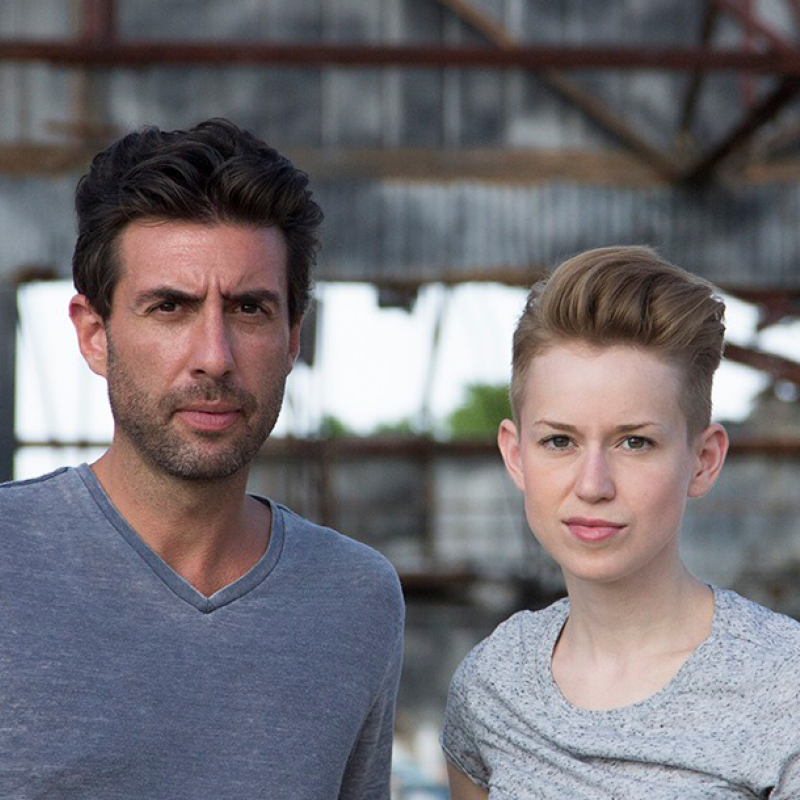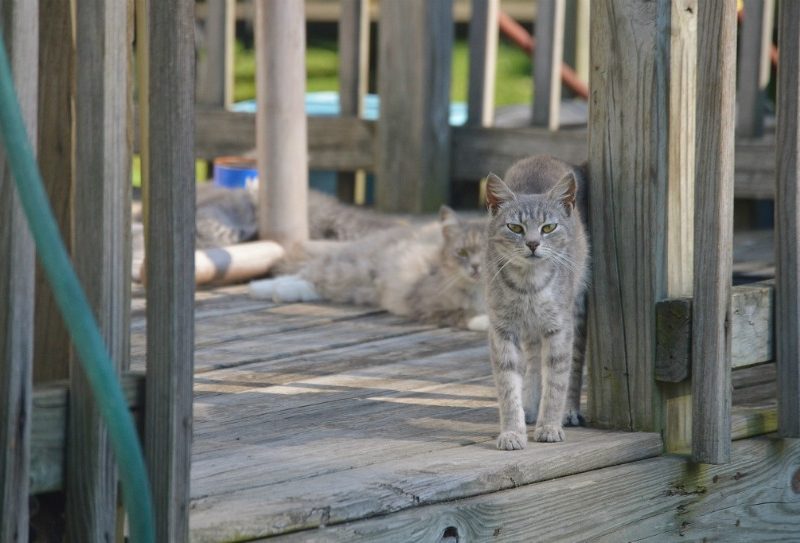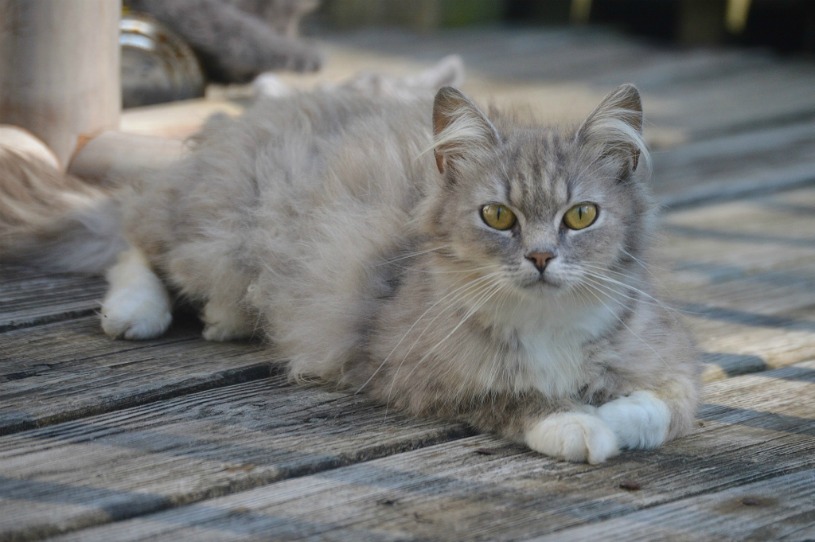
Interview! Kelley Bollen, Owner and Director of Animal Alliances Consulting Firm
September 10, 2016
Interview! Ollie Davidson of Almond&Olive
September 13, 2016
From backyards to large cities, we live in a world with many communities. My family is a community, my friends are a community, my neighborhood, my town…. okay you get it! So, What Does a Humane Community Look Like for Cats? We are currently so focused on shelter statistics that I often wonder if we may be missing something.
These are the things that I think about when figuring out if a community is taking care of the needs of all of their cats. What do you think about?
1. Pet Food Pantry
Does the Community have a Pet Food Pantry that helps support the needs of owned and free-roaming cats in the community. Many pet food pantries only help owned cats, but it is necessary to help our neighbors feed free-roaming cats, too.
2. How hard is it to find kittens to adopt?
Do you ever hear “wow, you can’t find any kittens around here to adopt?” When you hear this, you know you are doing a good job in helping control unwanted overpopulation in your community!
3. How many cats/kittens are you seeing hit by cars?
Unfortunately, this occurs much too often. However, I know that the statistics of Animal Control picking up cats as road kill goes way down, the more your community cat population decreases. This is data that is kept by the city’s department of public works and could be tracked pretty easily. I have used this concept to help get funding from municipalities, as well. Some may say that many of those hit by car cats are indoor/outdoor cats, but I would suggest that once cats are spayed/neutered they have a much higher probability of spending more time indoors and less time outdoors.
4. Complaint Calls
This is another good indicator of how well your community is doing. The less complaints you hear, the better you are doing at taking care of the needs of your community cats!

5. Low cost spay/neuter accessibility?
Do you live in a spay/neuter desert? In order to be able to get our cats spayed/neutered, we need the physical capacity to be able to get the job done. Depending on your population, you may be okay with one spay/neuter option or in larger more urban areas you will need many more.
6. How involved is the business community and your local politicians in regards to community cats?
Community Cats need the community behind them and for them to be involved with their welfare! This includes more than just individuals. It involves the local business community and your town selectman, mayor, legislators or even your Governor. One case that comes to mind is the scenic Island of Nantucket. The business community allows for feeding stations in the downtown area and I have never seen an un ear tipped cat on the island. This great article, from Yesterday Island, is a good article about this successful effort. Keep a look out for an upcoming podcast episode with Tammy King of Mayport Cats in the Jacksonville area of Florida. They have also done a nice job incorporating all parts of the community to help reduce cat overpopulation.
7. Tribal knowledge
This is a term coined by Bryan Kortis of Neighborhood Cats. It basically references the deep dive knowledge that we have colony-by-colony. Tribal knowledge shows that the colonies do get smaller after you reach 100% sterilization. It is the bedrock for analysis for any community, large or small. Colony-by-colony data is critical to the success of a humane community for cats. This is will be discussed in depth in next week’s blog.
So my question for you is, what does a humane community for cats look like to you and how can we provide any metrics to show the success? I think this is a very tough question that we need to figure out! Your comments, as always, are welcome!




